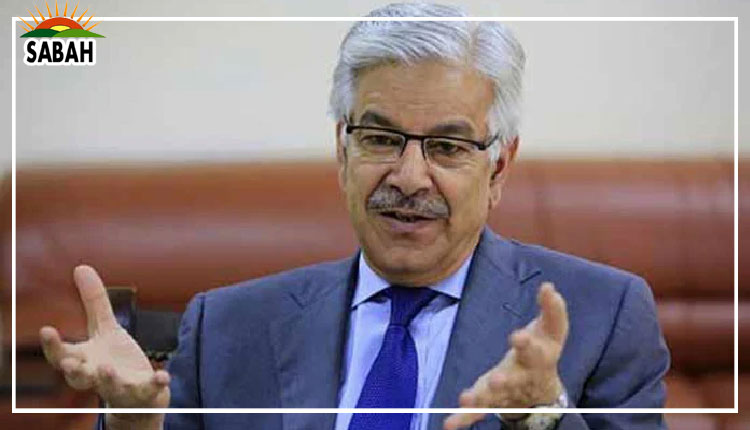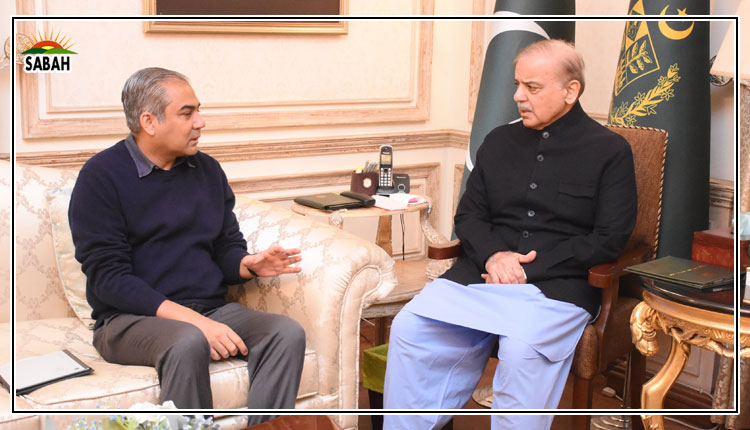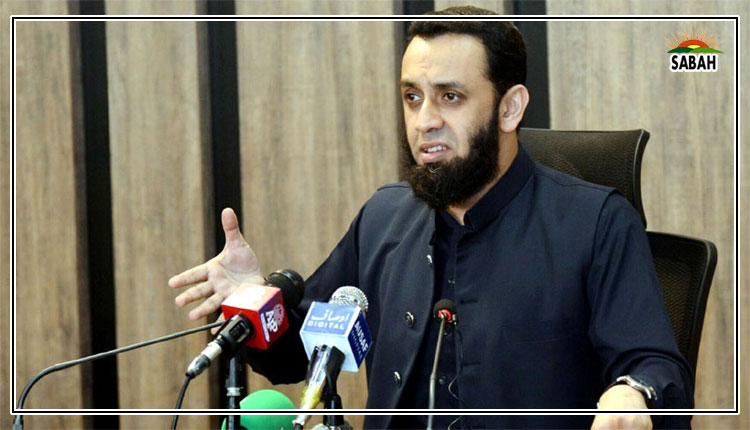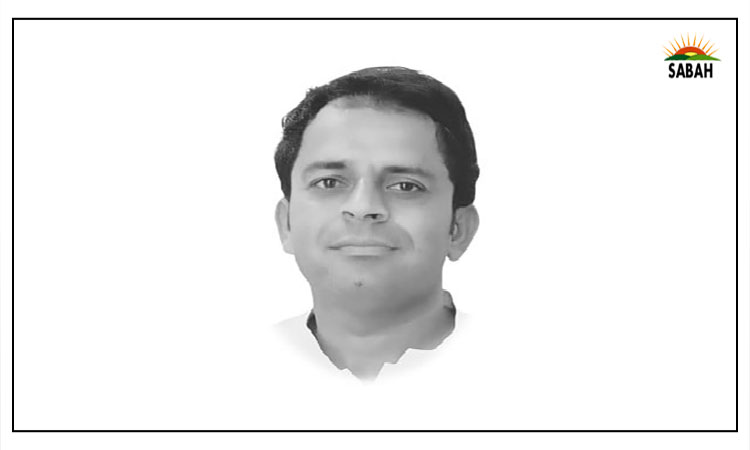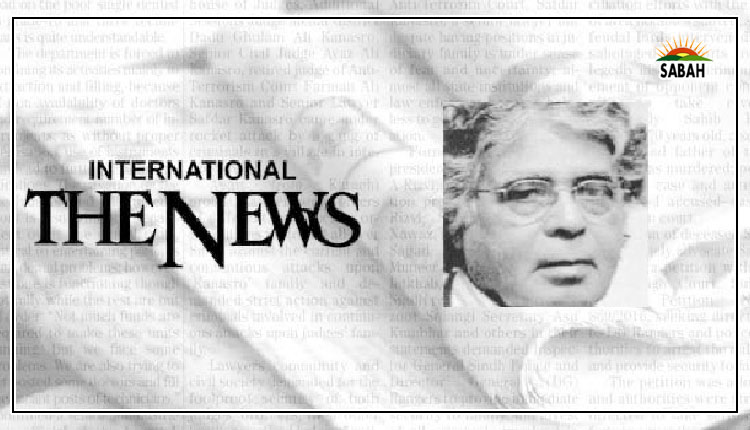The reality of an illusion ….Ghazi Salahuddin
Against the backdrop of the explosive political crisis that relates to proposed constitutional amendments, Pakistan is now haunted by a grim and highly mystifying situation that has sprung from an allegation of the rape of a college girl in Lahore.
But did it really happen? Investigations conducted by officials, investigative journalists and digital warriors have not been able to find any credible evidence of the incident. But reports that went viral in social media have created considerable confusion. Even the alleged victim was identified.
And, worryingly, violent protests have been held in a number of cities in Punjab while public concern about it has escalated. What did actually happen? Why has this allegation created so much unrest among university and college students?
Obviously, the allegation which would be truly disturbing if certified has become some kind of a catalyst at a time when many cases of harassment of young women, mainly students, have been reported. Besides, the young as such are angry and depressed about their prospects in the prevailing circumstances.
Anyhow, the mystery of it is confounded by the role that social media has played in its propagation. In fact, the allegation was initially planted in social media and it went viral. There are some interesting stories of how investigators were seen to be wandering around in the wilderness of social media in their search for the source of this report.
Pakistan is already struggling with issues of freedom and censorship in the digital world. A large number of people have been persecuted or arrested for posting content on religious, political or social matters on the net that the ruling authorities do not approve of. On the other hand, a lot of fake news and misinformation or disinformation is circulated through social media platforms that creates many problems.
What social media is doing to societies like ours is a subject for another occasion. Still, let me just touch upon a theory of how it has distorted the concepts of truth and reality. In 2016, the word of the year of Oxford Dictionaries was: ‘post-truth’. It is an adjective defined as “relating to or denoting circumstances in which objective facts are less influential in shaping public opinion than appeals to emotion and personal belief”.
We see this happening again and again. So much so that facts are sometimes easily deposed by opinion and emotion. That is how devotees of charisma or a cult are generally blind to facts or reason that may challenge their belief.
Coming back to the mystery of the alleged rape, the plot has continued to thicken. One measure of how crucial it has become is that the Lahore High Court (LHC) has constituted a full court bench to hear cases of harassment and alleged rape of female students in educational institutions. The full court will hear these cases on Tuesday.
On Friday, Chief Justice Aalia Neelam of the LHC also directed the authorities to take the statement of the alleged rape victim. On Thursday, hearing a petition against the incidents of alleged harassment of female students, she asked the advocate general of Punjab to assist the court in the matter. There is also this case of the suicide of a student of Punjab University.
Earlier, on Wednesday, Punjab Chief Minister Maryam Nawaz sought to take charge and resolve the questions that were raised by the allegation of rape. She held a press conference in Lahore to declare that the alleged rape of a college student was “fabricated news”.
Meanwhile, police launched a crackdown on individuals believed to have been involved in spreading misinformation. An FIR was registered under Section 20 of the Prevention of Electronic Crimes Act 2016 and other relevant sections.
This sense of urgency on the part of the Punjab government was dictated by violent protests that erupted on Monday. After the PTI announced its plan to stage protests across the country on Friday, the Punjab government announced the closure of all public and private schools, colleges and universities.
Incidentally, a girl was presented at Maryam Nawaz’s press conference who had earlier recorded a video to say that she was a witness to the incident. Talking to the media at the press conference, she said that she was not an eyewitness and was not a student of the college. “I recorded the video as some students told me that they heard the screams of the girl”, she said.
It is true that some contradictory and somewhat obscure statements have been made in this affair, including by officials. There are those who insist that this is a conspiracy to create disorder. Others believe that the steps taken by the government are a cover-up.
The irony here is that the truth always remains elusive in controversies of this kind. What matters, ultimately, is that the allegation has led to violent protests by the students. Maryam Nawaz has accused the PTI of fueling the rumours to gain political advantage. Naturally, the party would want to exploit this situation.
What is intriguing is the fact that something that cannot be certified and is termed as ‘baseless’ by high officials has generated real trouble. Is this an instance of the manipulation of social media through fake news? Also, can the unruly response to an unsubstantiated report be invested in a very different kind of protest or agitation?
It is possible that the focus is shifted from one particular incident that, paradoxically, may not have happened to the larger issue of the sexual abuse and harassment of women in not just educational institutions but also in the workplace. So much that is happening can easily be validated.
It is important that the first female chief justice of the Lahore High Court has constituted a full court to hear cases of harassment of women. But what is the truth that this court would be seeking? And will its judgment shine any light on the kind of enlightened social change that the women of Pakistan fully deserve?
The writer is a senior journalist. He can be reached at: ghazi_salahuddin@hotmail.com
Courtesy The News



